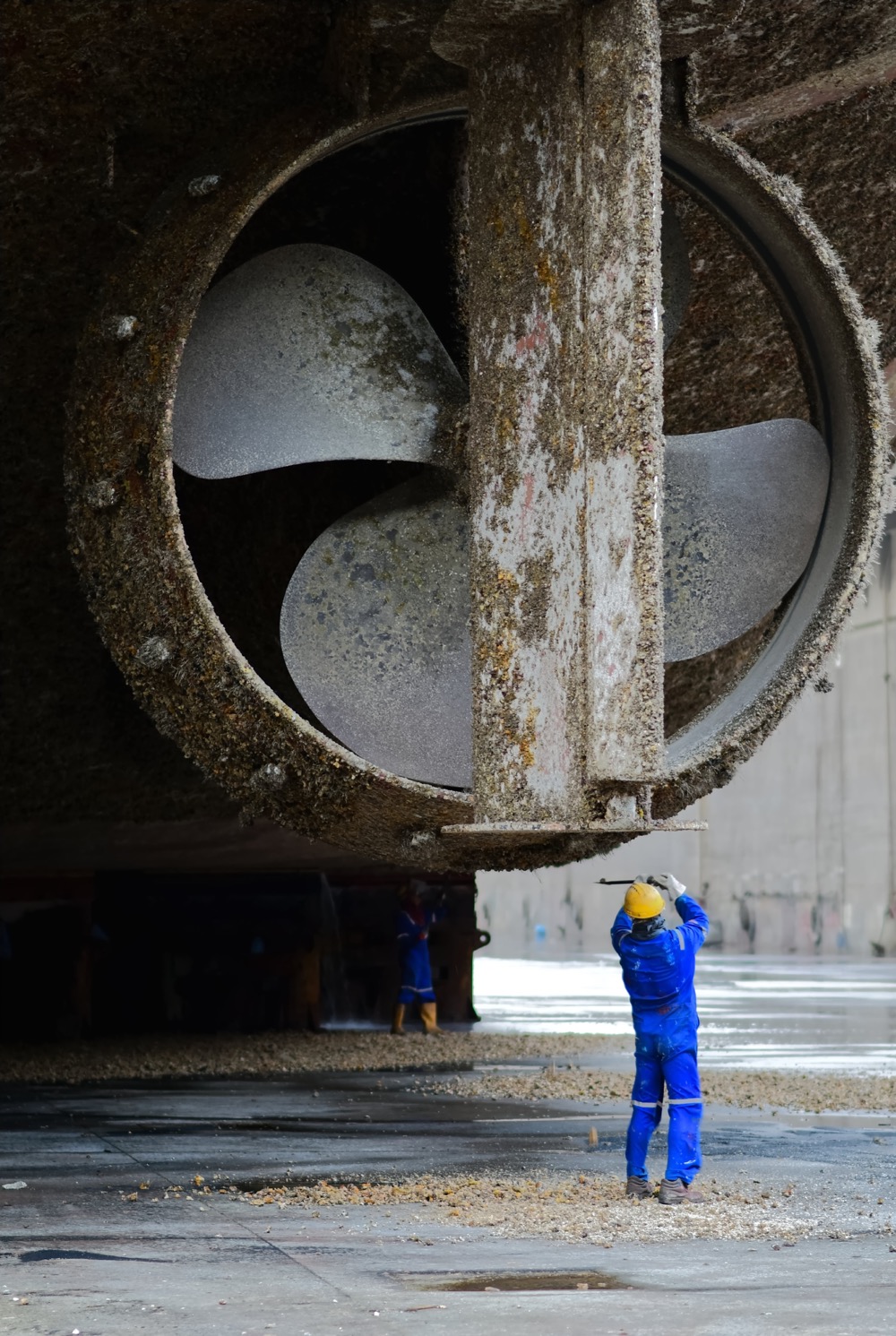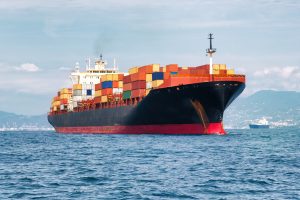Keeping ships’ hulls free from just a thin layer of slime can reduce a ship’s GHG emissions by up to 25 per cent, according to the preliminary findings of a new study, launched at COP 26 in Glasgow.
The preliminary findings of the study on the Impact of Ships’ Biofouling on Greenhouse Gas Emissions reveals that a layer of slime as thin as 0.5 mm covering up to 50% of a hull surface can trigger an increase of GHG emissions in the range of 20 to 25%, depending on ship characteristics, speed and other prevailing conditions.
Biofouling is the build-up of microorganisms, plants, algae or small animals on surfaces. One of the most significant factors impacting the efficiency of all ships in service is associated with the resistance generated by the underwater area. Maintaining a smooth and clean hull free from biofouling is of paramount importance.
More severe biofouling conditions can lead to higher emissions, showing the importance of good biofouling management. With a light layer of small calcareous growth (barnacles or tubeworms), an average length container ship can see an increase in GHG emissions of up to 55%, dependent on ship characteristics and speed.
To reduce the GHG emissions from the maritime industry the International Maritime Organization (IMO) has adopted a series of legally-binding ship design and operational performance indices that must be achieved by individual vessels. The aim is to ensure that ship operators consider options to improve the efficiency of their vessels throughout their lifecycle.
The report clearly shows the importance of good biofouling management. It illustrates how the perceived impact of biofouling is likely to have been historically underestimated by the shipping community.
The report on the preliminary results of the study on the Impact of Ships’ Biofouling on Greenhouse Gas Emissions was launched by the Global Industry Alliance (GIA) for Marine Biosafety, a group of leading companies that have joined forces to develop solutions and address barriers to improve biofouling management. The GIA operates under the framework of the GEF-UNDP-IMO GloFouling Partnerships project (www.glofouling.imo.org).
The findings were revealed at the ‘Managing Biofouling – A Win-Win Solution to Help Curb Climate Change and Preserve Ocean Biodiversity’ hybrid official side event on November 4, led by BIMCO, during the United Nations Climate Change Conference (COP 26).
Download the Preliminary results Impact of Ships’ Biofouling on Greenhouse Gas Emissions report here. (photo from IMO)








